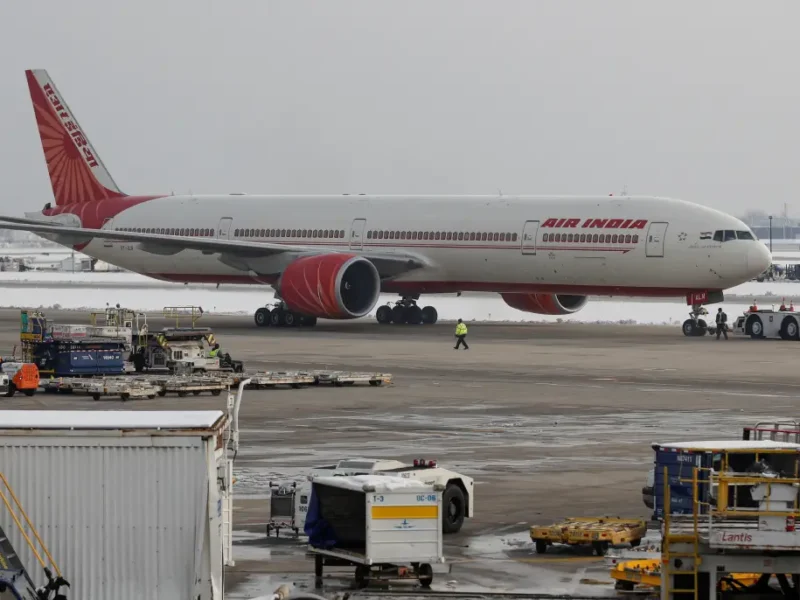
Indian American Meteorologist Vijay Tallapragada Helps Revamp Weather Model to Better Forecast Extreme Events
Meteorologist Vijay Tallapragada has helped in revamping the National Weather Service’s forecast model to better predict extreme weather events. (dtcenter.org photo)
India-West Staff Reporter
With the help of Indian American Vijay Tallapragada, the National Weather Service has revamped its lagging forecast model to better predict extreme weather events.
The new model will aid in predicting hurricanes, blizzards and downpours, as well as day-to-day weather, according to an Associated Press report.
By including much higher layers of the atmosphere, increased factoring of ocean waves and other improvements, the weather service’s update to its Global Forecast System is trying to catch up with a European weather model that many experts consider superior.
Tests for the past two years show the upgrade, which kicked in March 22, forecast heavy rains and snowfall 15 percent better five days out and improved hurricane and tropical storm tracks by more than 10 percent, better pinpointing storm formation five to seven days in advance, the report notes.
Forecasters say this new model does not predict more rain and snow than actually arrives, which its predecessor had a tendency to do.
The new model was significantly better at forecasting the massive Colorado snowstorm earlier this month, getting the storm arrival time and snow amounts far more accurately than the older version, said Tallapragada, chief of modeling at the agency’s Environmental Modeling Center.
Internal studies also showed the new model was generally more accurate earlier on downpours in the Southeast in February 2020, Hurricane Dorian in 2019 and Hurricane Michael in 2018.
“This is for the general day-to-day forecasting and for the extreme events, and you’ve got to get both right,” National Weather Service director Louis Uccellini told the AP.
One main improvement, the report adds, is that the new model captures the atmosphere up to 50 miles high – far higher than the old one and has higher resolution at different levels, weather service officials said. This way it better characterizes the jet stream, which transports storms, they said, according to the report.
Over the past 31 days, there was a stretch of eight straight days when this new version beat the highly-touted European forecast model, but in general over the period the European version was still better, Uccellini said in the report.
“Extreme weather events are becoming stronger and happening more often in a changing climate,” Bernadette Woods Placky, chief meteorologist at Climate Central’s Climate Matters program, who wasn’t part of the upgrade, said in the AP report. “Weather forecasting improvements that increase accuracy and warning time will give people more time to prepare and will save lives.”
Tallapragada has been with the National Weather Service for just about six years, serving as the chief of global climate and weather modeling branch, as well as chief of the modeling and data assimilation branch. Prior to his time at the NWS, he was the hurricane team leader at NOAA for nearly 11 years. He also was at SAIC and IMSG earlier in his career, serving as task lead of hurricane modeling support at both posts.
Tallapragada earned his doctorate in meteorology at Andhra University.
(With AP report)




